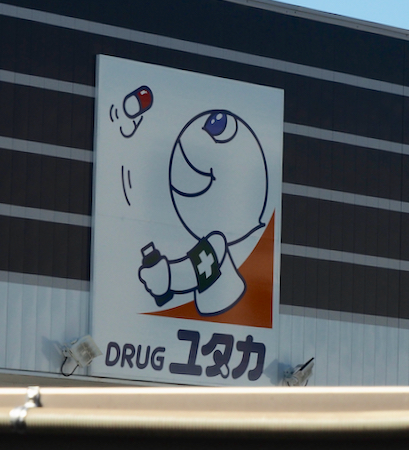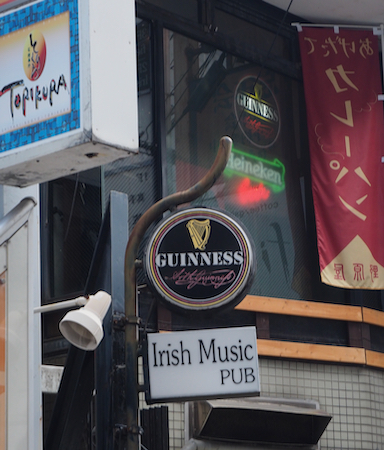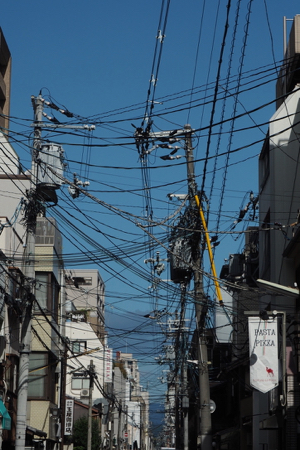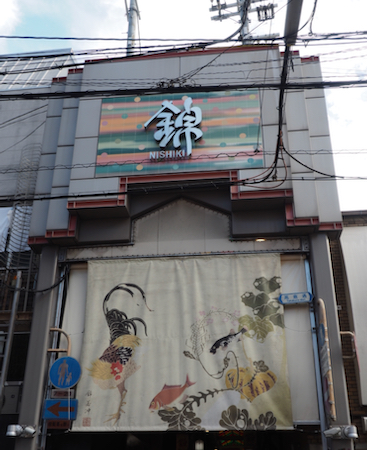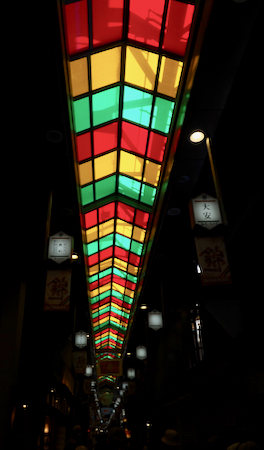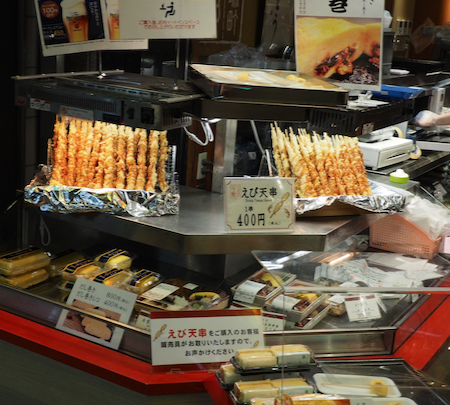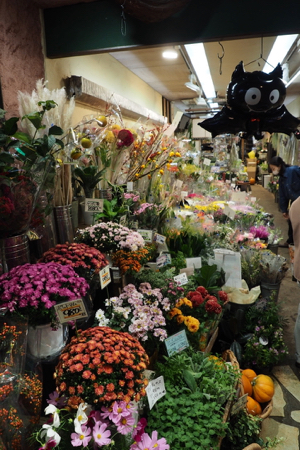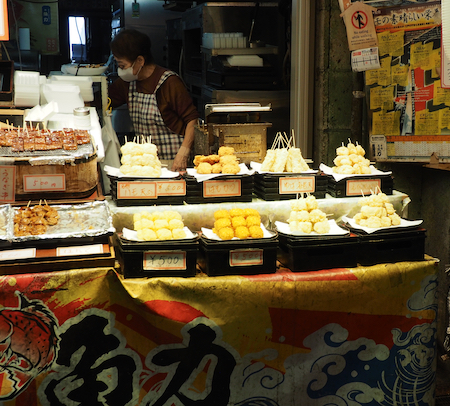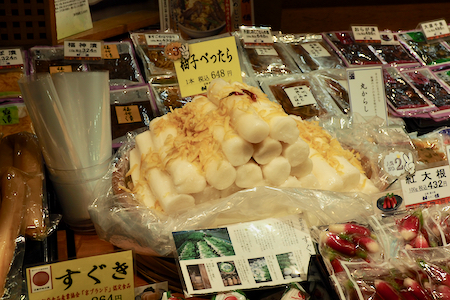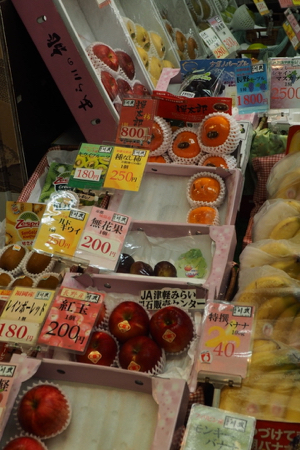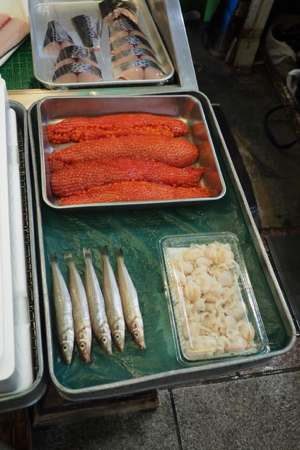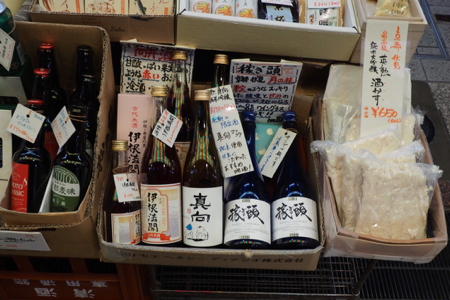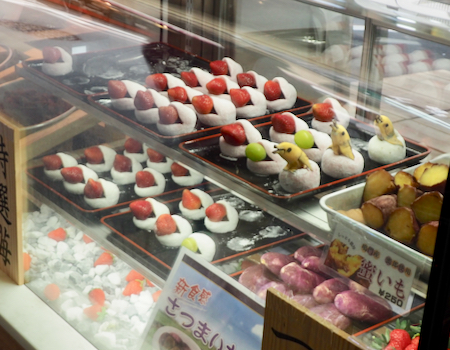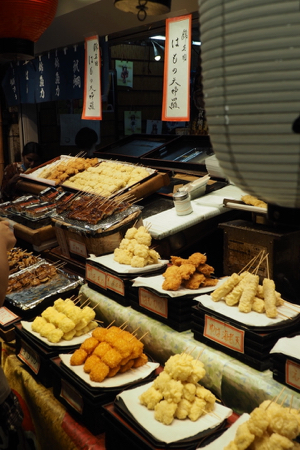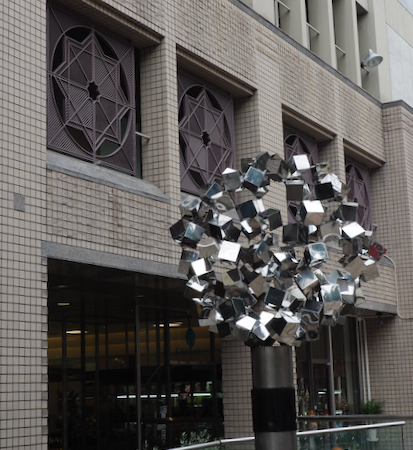Thurs., 10/13 - Kyoto
Today was a long, busy, and very interesting day visiting the Fushimi Inari Shrine, the Nishiki Market, the Kinkakuji Temple (the Golden Pavilion), and the Kyoto Train station.
The day began with a trip to the Fushimi Inari Shrine that dates to the 8th century. Inari is the most important shrine of the rice deity. Supposedly a fox came to a man’s rice paddy that was being destroyed by rats. The fox ate the rats and the farmer had a great harvest, so the fox is the symbol of this shrine to the rice god.
Driver/guides meeting for instructions. These people take small groups of school children to museums and historical sites rather than putting the kids in a big group on a bus.
Local cemetery
Restaurant sign
Local rain station
Local train
Busy line
A Toro near the entrance
Upkeep is important
Map of the Fushimi Inari Shrine complex showing the main gate (Romon), the main hall (Honden), and the
Senbon Torii (1001 torii gates)
Entrance Torii
Ablution font for purification before entering the shrine grounds
Another Torii gate
Foxes are thought to be Inari's messengers. This one is holding a key, presumably for the rice granary. There are many fox statues across the shrine grounds.
Nio guardian - there is one on either side of the shrine entrance
Main Hall or Honden
Back of the main gate
One of many smaller shrines
Lifting a "strength stone" or Chikaraishi - to demonstrate strength
One of many smaller shrines
The Fushimi Inari Shrine is famous for its "Thousand Torii gates" - the Senbon Torii. These gates, painted a vermillion red, (a color that "evokes a strong sense of spirituality for Japanese people"), have been donated to express prayers and appreciation since the Edo period (1603-1868).
The writing on each torii shows that that particular torii has been dedicated to the shrine by an individual or group. This is an act known as hono.
The walk up through the torii brings you to an area where there are many personal shrines established by individuals.
Individual shrines
Individual shrines
Individual shrines
Individual shrines
Fun sign
Interesting design - apartment building
Japanese proprietors keep their store-front areas immaculate
The next activity of the day was a stroll through the Nishiki Market, an arcade several blocks long selling mostly food - fish, fish, and more fish - and restaurants.
Kay gave us a challenge. Working in groups of four, each group was given the Japanese word for some item (fruit or vegetable), and we had to go buy it. She gave each group 1,000 yen to buy whatever was assigned and bring it to her.
Our word sounded like Ka Key. I asked a shop keeper who spoke a little English and she told us it was a fruit but she didn’t know the English word for it. We found a fruit and veggie market and asked for 2 Ka Key. He pointed to persimmons - Kaki. No wonder the young woman didn’t know the English word. Ringo is apple. The third group was to find a Nashi or pear.
The rest of the money could be used for our lunch. We went back to the French bakery and bought two Croque monsieur sandwiches, two big chocolate chip cookies, an Americano coffee, and a lemonade beer for $18.82 US. It was a clean, quiet cafe with indoor and outdoor seating.
My favorite beer
More challenging electrical work
Entrance to the Nishiki Market
Ceiling in the central hallway of the Nishiki Market
Markets are my favorite places and my camera just loves them.
The photos will have to speak for themselves as most of the goods pictured are unknown. If you have the Google Translator app, you may be able to decipher some of the signs.
Nice sculpture
Back to the bus to travel to the Kinkakuji (Golden) Temple (Pavilion).
| Return to Top | Return to Itinerary | Return to Trips page to view other trips | Return to Dreamcatcher Home Page |
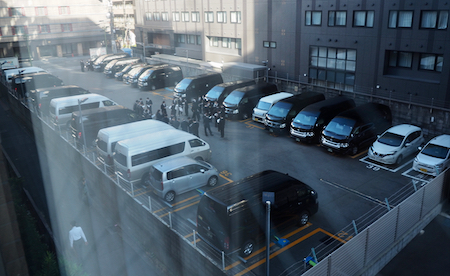
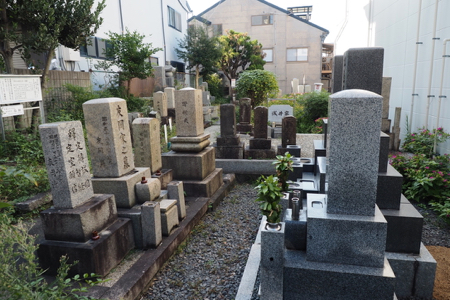
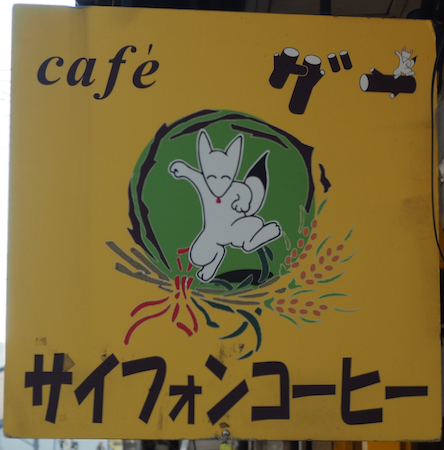
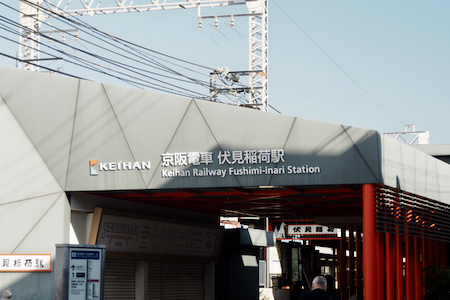

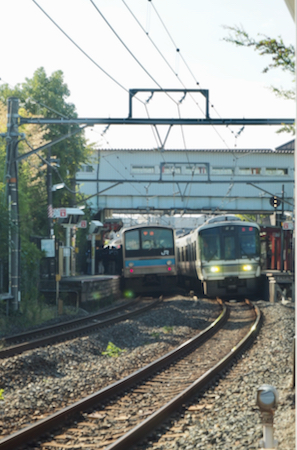


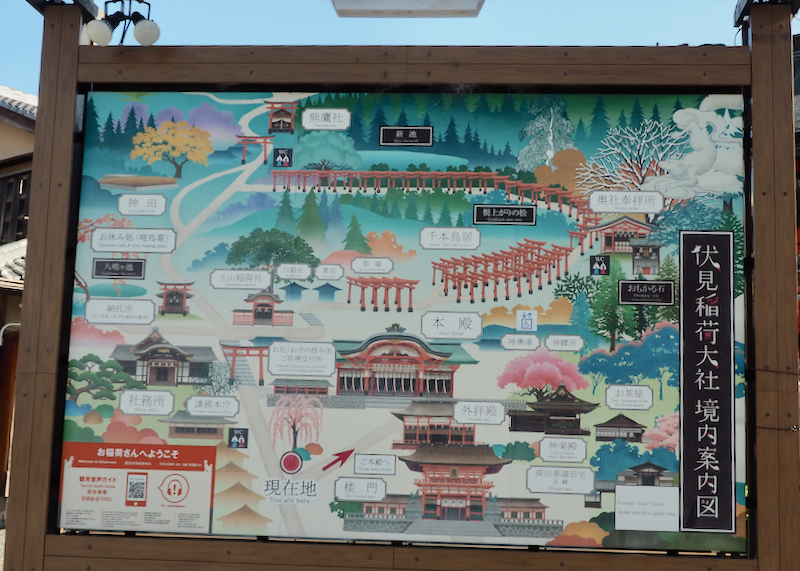

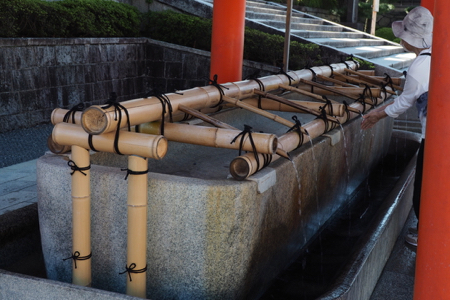
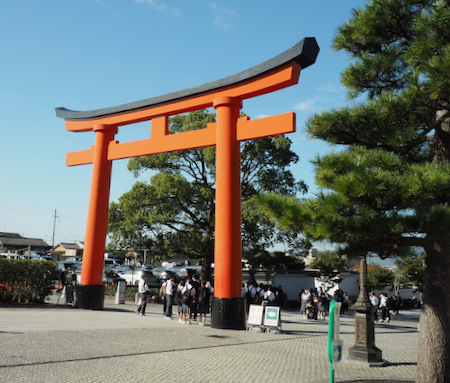

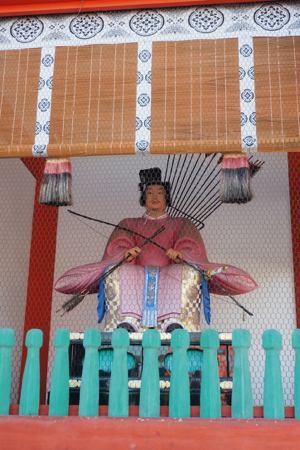

.jpg)
.jpg)
.jpg)
.jpg)
.jpg)
.jpg)
.jpg)
.jpg)

.jpg)
.jpg)
.jpg)
.jpg)
.jpg)
.jpg)
.jpg)
.jpg)
